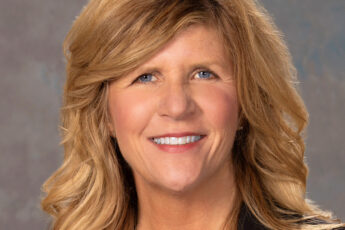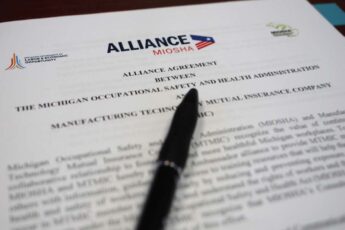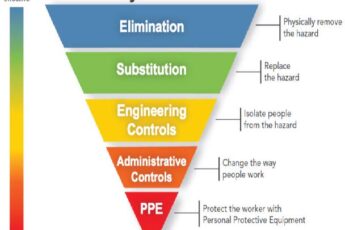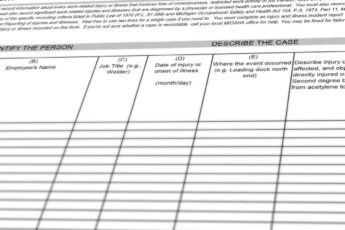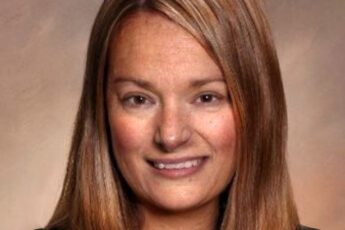By Chris Demeter
Senior Loss Consultant
Young workers experience high rates of job-related injuries. According to the Department of Labor, in fiscal year 2020, teens aged 15 to 19 were treated in the emergency room for a workplace injury about every five minutes. These injuries often result from the numerous hazards present in the places where they typically work, such as sharp knives and slippery floors in restaurants. Young workers are particularly at risk for workplace injuries due to their inexperience, as well as their physical, cognitive, and emotional developmental traits. Additionally, a lack of safety training contributes to the high rates of injury. They often hesitate to ask questions and may fail to recognize workplace hazards.
To help address this issue, MIOSHA enacted the Youth Employment Standards Act 90 of 1978. The Act defines a minor as anyone under 18 years of age, including but not limited to employees, volunteers, independent contractors, and performing artists.
(more…)

